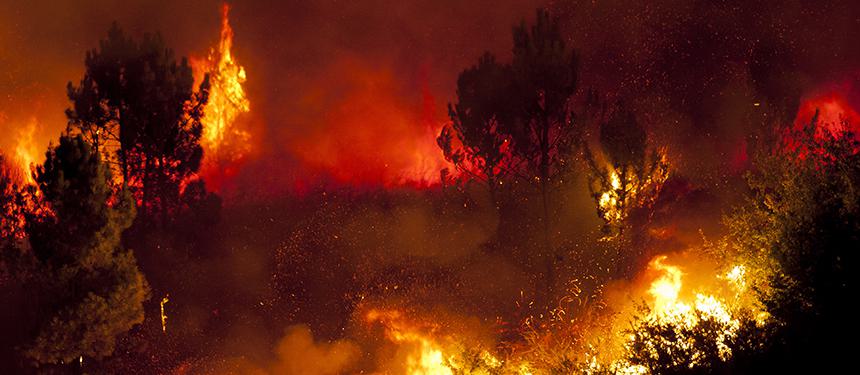What’s happening: Air pollution in north east America

What’s happening in North East America?
Over 400 wildfires are burning throughout Canada as the country experiences one of its worst wildfire seasons on record; the wildfire season typically runs from April to September. Many affected parts of Canada are densely forested, aiding the spread of uncontained wildfires. Approximately 250 wildfires are out of control, of which, 154 are in the state of Quebec. Air currents and storms have directed the smoke from these fires up into the atmosphere and carried them through the jet stream to north-eastern United States. While some of the smoke remains higher in the atmosphere, in some areas low-pressure systems have brought the smoke lower and condensed it. Smoke from these fires is being carried across to the United States and are severely affecting air quality in several northern states. Many north-eastern US states have been affected and numerous health alerts have been issued. New York, Maryland and Pennsylvania are among the worst affected.
The situation is unlikely to improve in the short-term
Healix continues to assess with high confidence that wildfire activity is highly likely to remain an elevated risk in the next 3-4 months due to warmer temperatures throughout the region.
The favourable weather and ground conditions have been a catalyst for the spread of wildfires which have the potential to keep burning for days, sometimes weeks at a time. In recent days, New York has reported some of the worst air quality worldwide. The air currents are responsible for directing the smoke, and a change in wind direction would cause smoke to disperse to other areas. Local meteorological authorities can be monitored for further information.
Exposure in areas affected by smoke may cause adverse symptoms such as eye irritation, difficulty breathing, chest pain, headaches, throat irritation and fatigue. Those with pre-existing respiratory conditions, such as asthma and COPD, may experience exacerbated symptoms and will be at a higher risk.
At risk groups include:
- Those with pre-existing respiratory and cardiovascular conditions
- Pregnant women
- Children
- The elderly
Due to the extremely poor air quality in some areas, even those who are in good health may still experience symptoms following short-term exposure.
Particles with a diameter of 2.5 microns or less are known as PM2.5, and these fine particles are especially hazardous to health. Most cities forecast, monitor and publish PM2.5 scores in real time which act as a guide to localised pollution levels. While long-term exposure to large amounts of PM2.5 is believed to cause chronic health problems, brief exposure from a wildfire event is only likely to cause short-term symptoms.
Advice for employees and travellers
- Stay indoors where possible, and keep windows closed
- Wear N95 masks
- Where possible, avoid further reducing air quality by lighting candles, using wood-burning stoves, smoking, etc.
- Monitor local news resources
- If you have a portable air purifier, set it up in an enclosed room to filter out the smoke particles. Alternatively utilise central air conditioning with suitable air filters.
- Consider travelling to an area less affected by the pollution, or retain this as an option should the situation worsen; monitor forecasts to stay abreast of where the pollution is, as this will fluctuate


